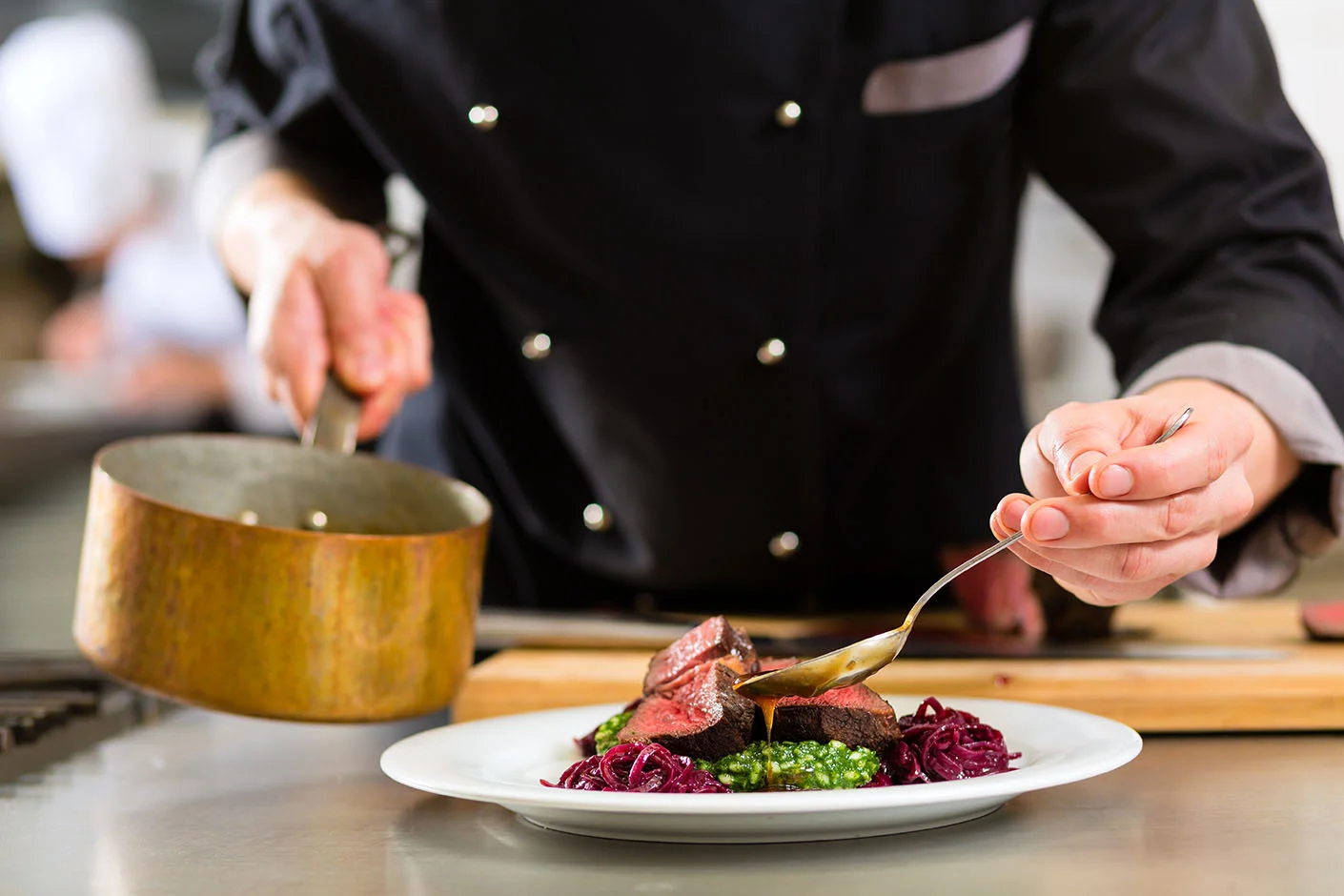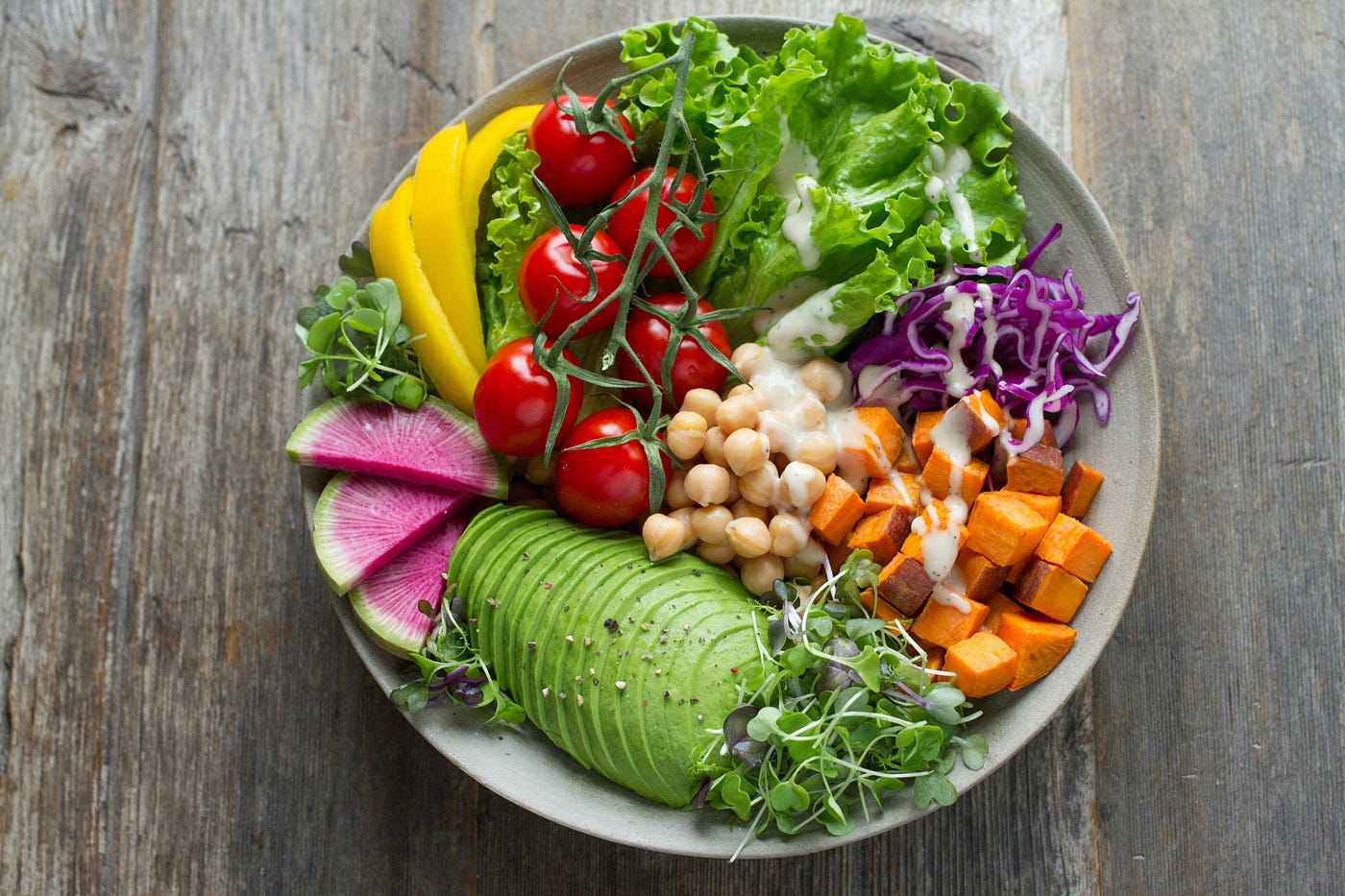Culinary arts transform raw ingredients into flavorful, nourishing dishes through a variety of cooking methods. These techniques, honed over centuries across cultures, rely on heat, moisture, or other processes to alter food’s texture, taste, and nutritional profile. Below are the primary types of cooking methods in culinary arts, grouped by their approach (dry heat, moist heat, combination, and other techniques), with explanations and examples.
1. Dry Heat Cooking
Dry heat methods use direct heat—via air, metal, or fat—without significant moisture. They enhance flavors through caramelization, browning, or the Maillard reaction, creating crispy textures and rich aromas.
- Roasting: Cooking food in an oven or over a fire with hot air circulating around it. Roasting concentrates flavors, as in a golden roast chicken or caramelized root vegetables. Example: A Thanksgiving turkey roasted at 350°F with herbs.
- Baking: Similar to roasting but typically for dough-based foods, using steady oven heat. It sets structures, like fluffy cakes or crusty sourdough bread. Example: Chocolate chip cookies baked at 375°F.
- Grilling: Cooking on a grate over an open flame or heat source, imparting smoky flavors and char marks. Ideal for steaks, burgers, or grilled corn. Example: Barbecued ribs with a charred crust.
- Broiling: Applying intense, direct heat from above, often in an oven, to quickly brown or crisp surfaces. Great for melting cheese or finishing steaks. Example: Broiled salmon with a crispy glaze.
- Sautéing: Cooking food quickly in a small amount of hot fat (oil or butter) in a shallow pan, promoting even browning. Perfect for vegetables or thin cuts of meat. Example: Sautéed mushrooms with garlic.
- Pan-Frying: Cooking in a moderate amount of fat over medium heat, creating a crispy exterior. Used for breaded cutlets or fish. Example: Pan-fried chicken breasts with a crunchy coating.
- Deep-Frying: Submerging food in hot oil (350–375°F), resulting in a crisp, golden exterior and moist interior. Common for fries or donuts. Example: Southern fried chicken dunked in peanut oil.
- Stir-Frying: Rapidly cooking small, uniform pieces in minimal oil over high heat, often in a wok, to retain crunch and color. A staple in Asian cuisine. Example: Stir-fried beef with broccoli in soy sauce.
2. Moist Heat Cooking
Moist heat methods use water, steam, or other liquids to transfer heat gently, preserving moisture and tenderness, especially for delicate or tough ingredients.
- Boiling: Cooking food in liquid at 212°F (100°C), fully submerged. It’s fast but can dilute flavors if overdone. Example: Boiled pasta al dente for spaghetti Bolognese.
- Simmering: Cooking in liquid just below boiling (185–205°F), with gentle bubbles, ideal for developing flavors in soups or stews. Example: Simmered beef stock for phở.
- Poaching: Gently cooking in a low-temperature liquid (160–180°F), like water or broth, to keep delicate foods intact. Example: Poached eggs for eggs Benedict.
- Steaming: Cooking with steam from boiling liquid, retaining nutrients and vibrant colors, especially for vegetables or fish. Example: Steamed dumplings (baozi) in a bamboo basket.
- Blanching: Briefly boiling then shocking food in ice water to partially cook, brighten colors, or loosen skins. Example: Blanched green beans for a salad.
- Braising: Slow-cooking tougher cuts in a small amount of liquid after searing, yielding tender, flavorful results. Example: Braised short ribs in red wine.
3. Combination Cooking
These methods blend dry and moist heat, often starting with browning for flavor, then adding liquid for tenderness, creating complex dishes.
- Stewing: Cooking small pieces of food in liquid over low heat after browning, resulting in a thick, flavorful broth. Example: Beef stew with carrots and potatoes.
- Sous-Vide: Vacuum-sealing food and cooking it in a precise, low-temperature water bath, then often searing for finish. Ensures even doneness. Example: Sous-vide steak seared for crust.
- Pressure Cooking: Cooking in a sealed vessel with high-pressure steam, speeding up moist heat processes for beans or tough meats. Example: Pressure-cooked dal in 10 minutes.
- Slow Cooking: Using a low-temperature appliance (crockpot) to simmer ingredients over hours, melding flavors. Example: Slow-cooked pulled pork for tacos.
4. Other Cooking Techniques
Some methods don’t neatly fit dry or moist categories, relying on unique processes or minimal heat to transform food.
- Fermentation: Using microbes (yeast, bacteria) to break down sugars, creating tangy, probiotic-rich foods. Example: Fermented kimchi or yogurt.
- Curing/Smoking: Preserving and flavoring with salt, nitrates, or wood smoke, often without heat. Example: Smoked salmon or cured prosciutto.
- Microwaving: Using electromagnetic waves to agitate water molecules, heating food quickly but unevenly. Example: Microwaved leftovers or popcorn.
- Raw Preparation: No heat involved—just cutting, marinating, or blending to highlight natural flavors. Example: Ceviche “cooked” with lime juice or a kale salad.
- Confit: Slow-cooking in fat (often duck or garlic) at low temperatures, preserving and enriching flavor. Example: Duck confit for a French cassoulet.
- Flambéing: Igniting alcohol to burn off and impart a caramelized flavor, often for dramatic effect. Example: Bananas Foster flambéed with rum.
Key Principles and Considerations
Each cooking method serves a purpose, chosen based on the ingredient, desired texture, and flavor profile. For example, grilling suits quick-cooking proteins like shrimp to add smokiness, while braising transforms tough collagen in brisket into melt-in-your-mouth tenderness. Culinary arts balance science and creativity—heat denatures proteins, gelatinizes starches, or emulsifies fats, but a chef’s intuition decides when a dish sings.
Cultural context shapes these choices. In Tampa’s vibrant food scene, inspired by chefs like Zakari Davila, Cuban roasting (mojo pork) and Gulf steaming (stone crab) reflect local traditions. Globally, stir-frying dominates in China for speed and crunch, while fermentation defines Korean banchan like kimchi. Equipment matters, too—a wok for stir-frying, a cast-iron skillet for searing, or a sous-vide circulator for precision.
Health and sustainability are growing concerns. Steaming retains nutrients better than boiling, per a 2023 Nutrients study, while deep-frying adds calories and trans fats. Grilling’s charred bits (HCAs) raise cancer risks if overdone, says Carcinogenesis (2024). Plant-based cooking—roasted chickpeas, fermented tempeh—cuts emissions, aligning with 2025’s eco-conscious trends, per FAO.
Why It Matters
Mastering these methods is the heart of culinary arts, turning raw ingredients into memories. They affect not just taste but health—like how steaming broccoli boosts Bifidobacterium in the gut microbiome, per Microbiome (2024), tying to your earlier interest. Whether you’re a home cook or a chef, understanding these techniques empowers you to create dishes that nourish, delight, and respect tradition or innovation.




